If you are an aspiring homesteader, take care to avoid these six homestead mistakes that could sideline your homesteading dreams for good. Homesteading is not a lightly assumed lifestyle, so give yourself the best head’s up possible by making sure you’re not making these six mistakes.
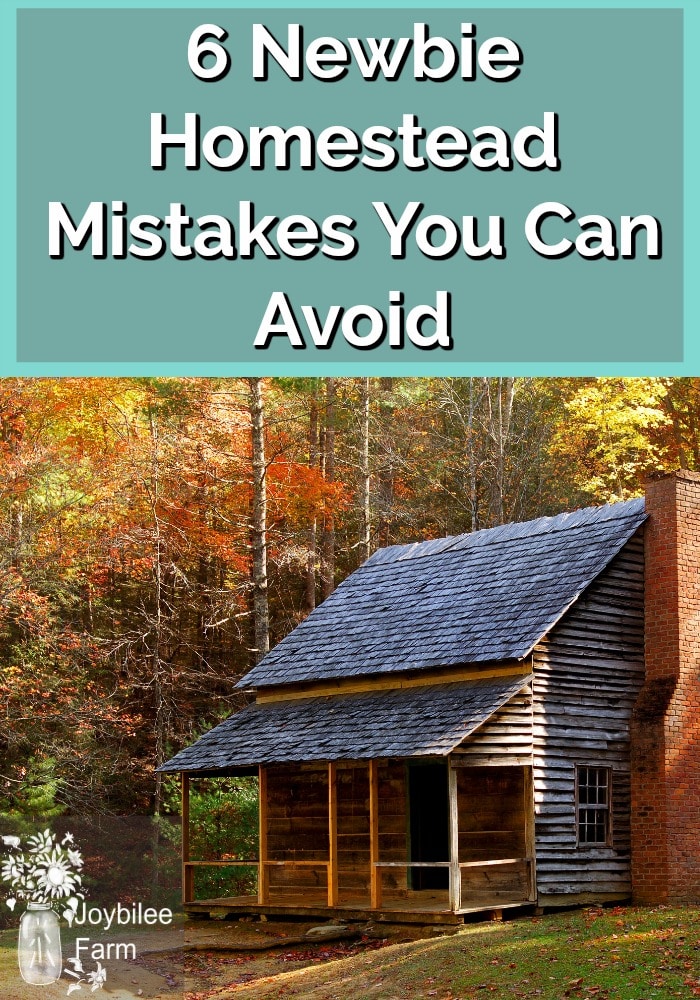
Having a homestead, raising your own food, ensuring that your animals are fed wholesome, GMO free feed which then will nourish you is an extremely satisfying lifestyle. With some foresight you can avoid many of the homestead mistakes that cripple a new homestead venture and cause unhappiness, sending the defeated homestead family back to the city, broke and wounded. The following 6 homestead mistakes can be avoided with a little planning to ensure that your homestead is a blessing to you and your family for many years.
Don’t make these newbie homestead mistakes:
1. Approaching Homestead decisions as a hobby farmer instead of a business
Homesteaders are farming full time. Don’t make the newbie mistake of thinking of your venture as a “hobby farm.” It is a business — even if the customer is your own family. Each new project that you add to your homestead is an investment. You should ask yourself what is the value of the output of this animal to our homestead. What will I save or earn through this animal? What will it cost to feed it? House it? Care for it? How long before I gain back the purchase price?
For instance, if you are purchasing a goat for milk, the feed costs and housing costs are the same whether you are buying a high producing milker from good dairy lines or a scrub goat. The initial purchase price is small compared to these other costs. A high producing milker will put 3 or 4 litres of milk on your table daily, in her 2nd and 3rd lactations, and continue to produce milk over the winter. She may milk through 2 years without re-breeding. A scrub goat may limit her outflow to 1 litre a day or less, and quit giving milk in the Fall. If the value of the milk is $4 per litre — your high producing dairy doe is giving you $12 to $16 per day while your scrub goat is giving you $4. Both will repay your investment in less than 2 months, but the high producing doe will give you a better return on your investment over the years of her life.
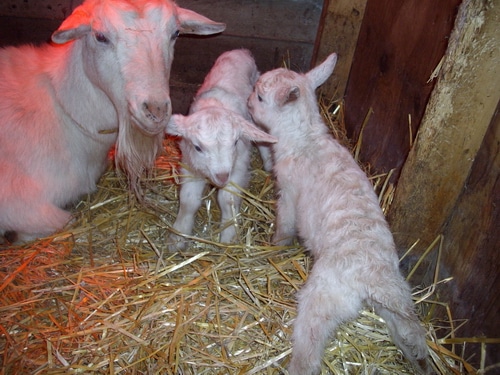
2. Bringing home animals before the shelter and fencing are built
This is one of the biggest homestead mistakes that even experienced homesteaders can still make. Once an animal is in your care you are responsible for its well being. Your responsibility includes food, shelter, and water needs, as well as, protecting it from predators. Many hobby farmers bring home cute baby animals before they have their housing established. Don’t do it. Build the goat shed or the rabbit hutch before you bring home the animal. You will be less stressed and the animal will be better cared for.
We sold a milk goat from high producing lines along with her doe kid to an elderly man with decades of experience raising goats. His homestead looked in need of repair but he assured us that our goat would be well cared for. A few weeks later we got a phone call asking for another dairy doe. It turns out that the fencing that we were assured was in place, was not. The housing was inadequate, as well. The doe and her kid had been killed by a bear while she was picketed to graze. The man had plans to build a fence, get a guard dog and secure the housing, but he brought the animal home before he had finished. It turns out that his previous goats had also been killed by the same bear. Don’t be like that man. Prepare for the arrival of your animals before you purchase them.
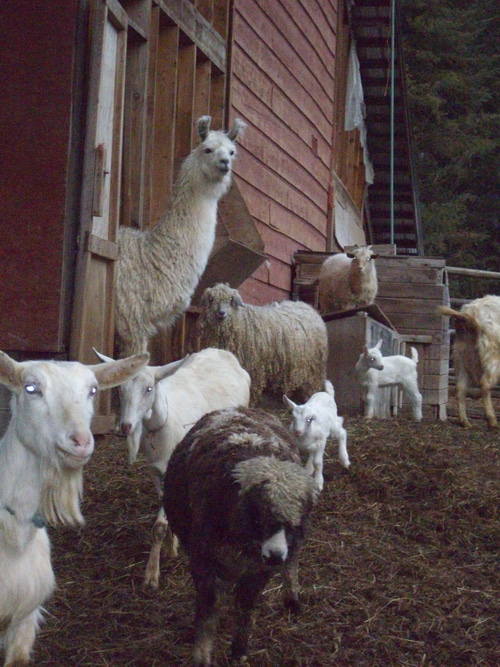
3. Breeding animals without a clear plan to deal with the offspring
Are you planning to sell the babies or eat them? Are you wanting to increase a flock of “forever home” animals? Do you have a plan? A customer list? The knowledge and will to butcher your own animals or the phone number of your local abattoir? It costs money to feed every animal that you raise. If you plan to be a homesteader or farmer and quit the day job, eventually, then you need to have a plan in place to deal with the offspring before you breed. Animal feed costs are the highest recurring costs of your homestead. Even if you plan to make your own hay, there are costs for time, gas and equipment that you need to figure in.
Animal feed bills can become a sinkhole if you aren’t dealing with the offspring. This was one of the homestead mistakes that we made — pouring thousands of dollars into animal feed each year — drawn from our retirement income. Every animal that you keep needs to have a purpose in your business plan and excess animals need to be removed from the feed bill when they are in their prime and still of value. Don’t become a slave to your homestead — only breed the animals that you have a plan for.
4. Buying “cute” animals instead of animals with a purpose or even a dual purpose
Angora bunnies are cute. Alpacas are cute. Baby goats are cute. It’s easy to fill your farm with cuteness and forget that these animals are your livelihood. Almost every animal at Joybilee Farm fills a dual purpose — usually fibre and meat. To pay for the feed, we need to get both.
Ask yourself, before you buy, will the output from this animal repay me for the inputs of time, food and shelter that I will have by owning it? I know this sounds materialistic, but no matter how much you love an animal there are costs to taking care of it. Don’t be like the homesteaders that run out of cash and can’t afford to feed their “pets” through a hard winter. It’s not fair to you nor the animal. Evaluate your homestead and avoid double homestead mistakes of over-burdening your family with animal care of animals that don’t have a big enough purpose.
Animals that are “free to good home” are never free.
5. Moving to the country without a business plan.
When you buy your acreage, how are you planning to support your family and pay the mortgage? Have a business plan before you make the move. Will you do consulting? Sell your animals? Start an internet business? Find a job? Turn your homestead into an agritourism venture? Create a blog and rely on passive income?
Whatever your plans, have more than one thing going because it takes time to replace a fulltime income with self employment. Avoid the homestead mistake so many newbies make. Get your business plan in place and start working on it before you move to the country.
We have laying chickens. The business plan was to sell eggs. Every homestead needs some chickens for eggs and meat. This year we are making some changes in our management. Previously we raised layers like Isa Browns or Red Rocks. We had a list of egg customers in place and a plan to rotate the layers through by putting our 18 month old layers into the freezer as they ceased laying in the Fall and starting fresh chicks each Spring, to be producing as the older hens stopped. This year though, our established customer list is dwindling. More and more we take the eggs to sell and our customers aren’t eating as many eggs. You don’t make money selling eggs. The cost of raising chicks for 5 months to get them to point of lay, and then the feed costs during their productive time is about equal to the value of the eggs. Anything goes wrong — you lose a chicken to a weasel? The water freezes, the temperature soars and the chickens stop laying — you lose money. If your customers forget to pick up eggs or go on vacation — you lose money. Raising chickens for the sole purpose of selling eggs is rarely profitable. So have a business plan, and a backup plan to avoid these homestead mistakes.
We have another breed of chickens on the homestead — ‘Silver Phoenix’, a heritage breed. These chicken forage for their feed, roost in trees at night and give us a nice pink, medium size egg. These are the eggs we use at home, while we sell the large and extra large eggs from the layer breeds to our customers. This will be the last year that we raise laying hens. The Phoenix chickens provide us with all the eggs we need for home use without the high feed inputs of a laying breed. They hide in the woods for 21 days and emerge with a clutch of 8 to 12 chicks, which they raise themselves. We take the cockerels for the freezer at 5 months — when we can catch them. The feed inputs are minimal on heritage chickens and ours lay year round.
6. Buying acreage without checking the zoning
There are both farms and country estates in the country. Don’t assume that because you are buying acreage, farm animals are allowed by the zoning. Check first. We lived on acreage in Mission, B.C. for 20 years. But there were rules that we didn’t find out until after we purchased, like, you couldn’t hang your wash on the line. Huh? No chickens or rabbits, but horses were allowed. The closer your acreage is to the city, the more likely there are bylaws about owning livestock. Check the zoning before you purchase.
When you start your homestead, approach it as a business venture. Make a business plan. Make a business review of your progress regularly and change your plans when a project doesn’t work out as planned, like our egg selling plans. Don’t become a slave to your homestead, but instead let your homestead serve you. This isn’t the final word on newbie homestead mistakes that can send you and your family packing back to the city. There are others like not doing thorough research on the property, and failing to have water rights in place. But those are for another day.
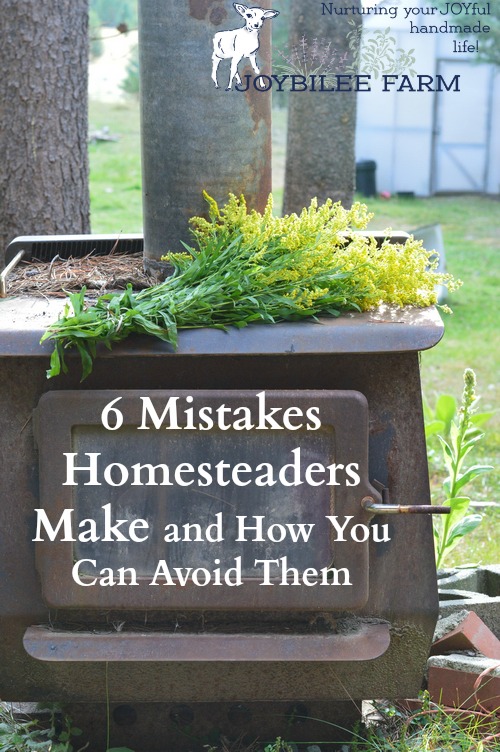
Your Turn:
What advice would you give to an emerging homesteader? Would you add anything to my list? Leave a comment.



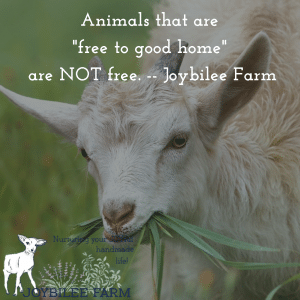
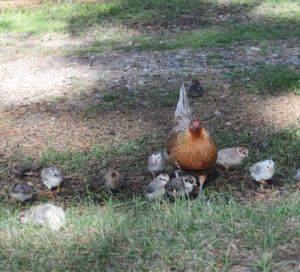

Hi,
You have great valuable advises, also how to sell the products, i.e eggs, milk, meat, etc.
You have to have a plan how to change the finish product to money .
Thx.
Fred G.
California
The original silver phoenix were imported from Japan for fly tying. They had tail feathers that never stopped growing.
Silver Phoenix- the Japanese breed with long tail feathers?
Agree mutually on what is brought into the homestead. By not doing this, you might be asking for trouble! And always think things through before purchasing animals, do lots of research just to make sure that’s what is right for you and your family!